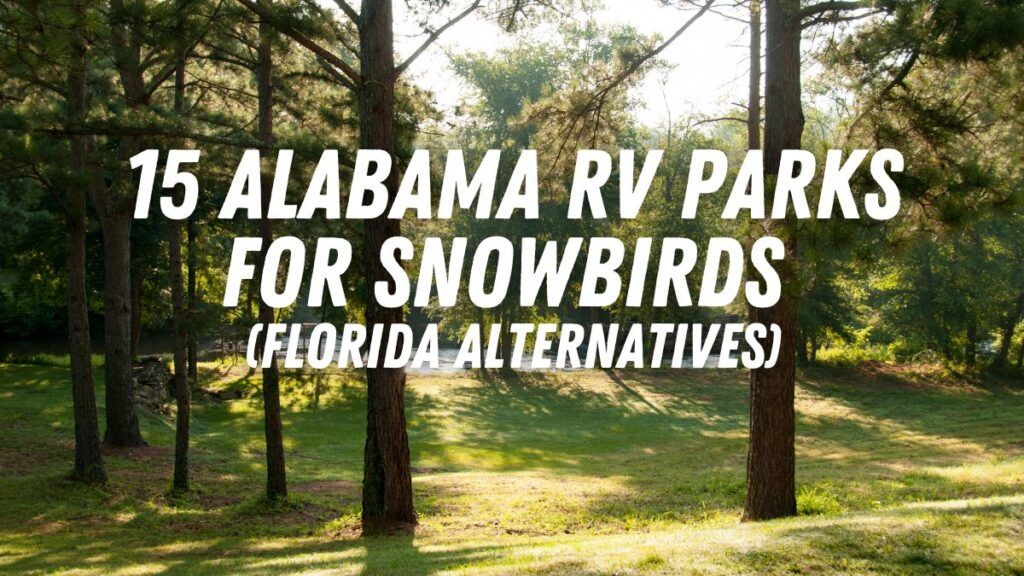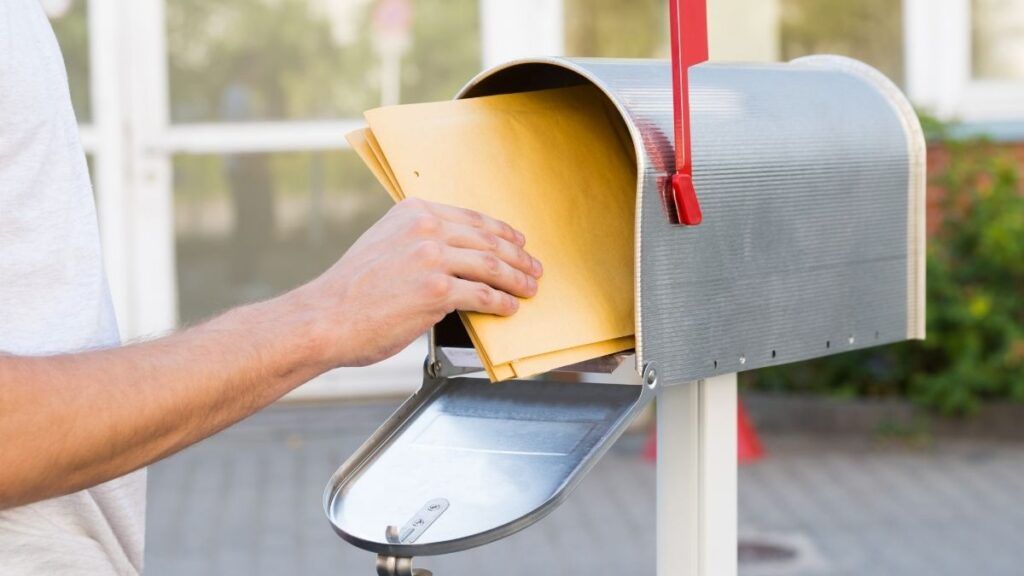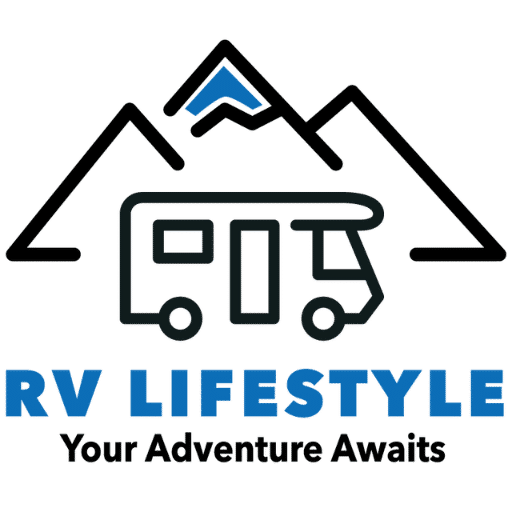5 Mistakes Snowbirds Make (& How to Avoid Them)

It is that time of year again when snowbirds leave their frigid destinations in search of warmer climates for the winter. If you are joining their ranks this year, be sure to avoid these mistakes snowbirds make!
Many snowbirds travel south from Canada and the northern United States to southern areas like Florida and part of Texas, Arizona, and California. While these are some of the more popular destinations, there are many more you can check out (I will go into detail below!).
These states have mild winters and many excellent activities to pass the time. Many people have met lifelong friends when snowbirding and enjoy meeting up every winter.
If you buy something through our links, we may get a small commission at no extra cost to you. It helps keep our lights on so we can continue to provide helpful resources for RVers. Read our full affiliate disclosure here.
5 Tips on How to Avoid the Most Common Snowbirding Mistakes
You want to avoid jumping blindly into snowbirding if you’ve never done it before. You’ll want to do some prepping and planning to ensure that your trip is a success (and less stressful!).
The following are the top 5 mistakes snowbirds make and how you can avoid them!

1. Research the RV Resort Location
One big mistake many snowbirds make is failing to research the location of the RV resort they book. Many folks will book at places that they have heard from others are great. But like many things, what is suitable for one person isn’t good for another.
It is essential to research the area where you plan on staying for the winter. Check out the local lifestyle and activities. Does it match what you are looking for?
If you like quiet and solitude, you probably don’t want to book a location that thrives on loud community events every weekend. Or a resort that has close-together RV spots.
Or, perhaps you plan on golfing all winter. You will want to ensure that the town you are staying in has a golf course that you can golf at. Be sure to check their membership requirements!
The bottom line is that you want to do a little research before committing to a resort. Look at pictures, read reviews and look at the surrounding area. And ask about the location in our Facebook Group! Someone has likely been there before and can give you some insights.
2. Consider Less Popular Locations
When people think about snowbirds, a few select locations usually come to mind: Florida, Arizona, and California. But there are many great snowbird destinations to consider as well!
The benefits of choosing a less populous snowbird destination include affordability and less crowded destinations. Many cities have excellent activities to offer if you look.
One state that you might want to consider is Alabama. It is considered a great Florida snowbird alternative. It’s usually not overbooked like Florida can be, and you can even get last-minute reservations.
I even wrote an article about 15 excellent Alabama RV parks for Snowbirds. Some still have availability for this winter!
The following are a few other destinations that make great alternatives:
- Pawleys Island, South Carolina
- Twentynine Palms, California
- Tybee Island, Georgia
- Anna Marie Island, Florida

3. Budget Appropriately
This is a big one! Many people underestimate the cost of snowbirding. Once you make your budget, you might consider adding a little cushion for any unforeseen expenses.
One solution might be to downsize your base home. Do you live in a house bigger than what you need? Downsize to a smaller place and use that extra money to help fund your snowbirding adventure.
You can also look at rent deals at RV resorts. Most locations will give you a cut on the price the longer you stay. Look for three to six-month leases for a price break.
Once you find a great location, look for RV parks right outside the city limit. You might find a cheaper alternative just because the city's name is slightly different.
You also want to be sure to save for RV repair expenses. Living in your RV is slightly different from taking a few trips per year. You put a lot more wear and tear on the vehicle when you use it daily.
For example, you will use water lines and tanks more often. You will also be walking around your RV and sitting and sleeping on furniture daily. Be sure to save some money for any unexpected RV repairs that pop up!
You will also want to be mindful that snowbirding is a lifestyle, not a vacation. You will want to budget for your life just like you would up north. Set a grocery bill budget, and limit your meals and activities, so you do not overspend. Creating a camping menu according to your budget makes a big difference!
4. Make a Reservation Early
Many RV resorts fill up quickly because folks make an annual trip to their favorite location. That is why you will want to book your spot early!
If you do not know exactly where you want to land next winter, you can likely still find a spot when booking in the fall. However, to secure a spot in coveted RV resorts, you’ll likely need to book no later than the spring prior. Some people book their spot a year in advance because they enjoy it and know they want to return.

5. Make a Snail Mail Plan
Another mistake some snowbirds make is failing to make a snail mail plan. This is a plan to forward or collect the mail sent to you via the U.S. Postal Service.
You do what is called a mail hold when traveling on shorter trips. Essentially the post office will collect your mail for you and deliver it upon your return. This keeps your mail safe when you are out or do not have a locked mailbox.
For long periods of travel, many companies can forward your mail. That means your mail will come to the location you are snowbirding in.
Or, you can use a virtual mailbox. Companies will collect and scan your mail for you. Then you receive it digitally on your computer!
For more detailed information on creating a snail mail plan, check out my article How to Manage Mail While RVing: Short & Long Term.
Mike and Jennifer's Favorite Places in Florida – all 3 ebooks!

We RVers may wander far and wide but it’s true for most of us that we end up with some favorite “Go-To” places – places that draw us back again and again.
Florida is one of those places for us. And we know it is for many RVers looking to get away and explore during the winter.
That's why we've created three guides, covering Florida's Atlantic Coast, the Gulf Coast, and the Keys.
Each of these guides is a seven-day guided exploration of one of the coasts. And each stop is a curated view of the best things that we’ve enjoyed on this trip and want you to experience.
Altogether these guides are over 300 pages of content!
